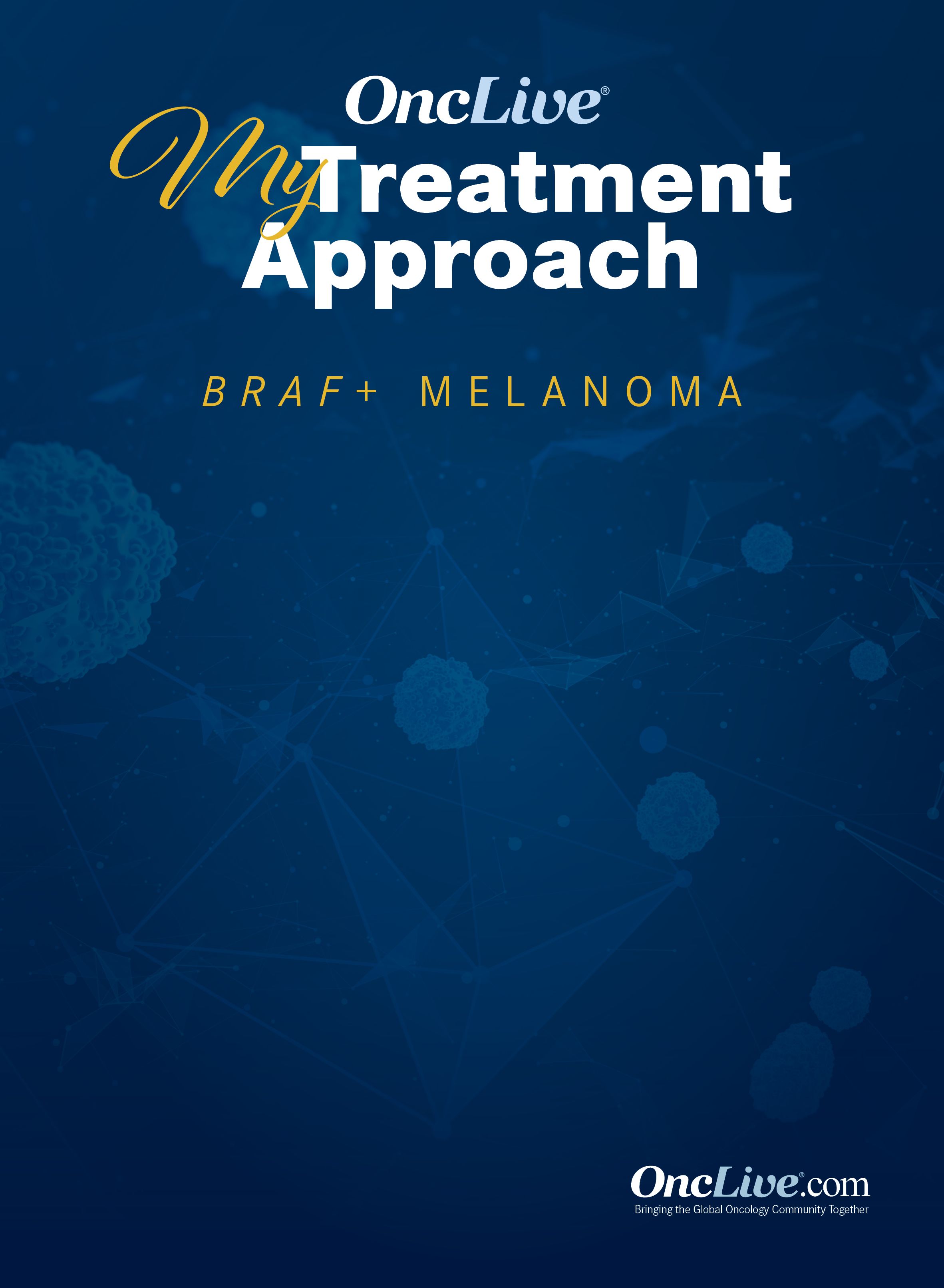Publication
Video
Supplements and Featured Publications
Dr. Davies on Selecting Between Combination Regimens in BRAF-Mutant Melanoma
Author(s):
Michael A. Davies, MD, PhD, discusses factors to consider when selecting between combination regimens in BRAF-mutant melanoma.
Michael A. Davies, MD, PhD, Anne and John Mendelsohn Chair in Cancer Research, professor and chair, Department of Melanoma Medical Oncology, Division of Cancer Medicine, co-leader, Melanoma Moon Shot Program, Department of Moon Shots Program, director of research activities, Department of Hematology/Oncology Fellowship Program, The University of Texas MD Anderson Cancer Center, discusses factors to consider when selecting between combination regimens in BRAF-mutant melanoma.
Currently, 4 regimens are approved by the FDA for use in patients with BRAF-mutant metastatic melanoma: dabrafenib (Tafinlar) plus trametinib (Mekinist); vemurafenib (Zelboraf) plus cobimetinib (Cotellic); encorafenib (Braftovi) plus binimetinib (Mektovi); and atezolizumab (Tecentriq) plus vemurafenib and cobimetinib. However, head-to-head clinical trials comparing the combinations have not been conducted to inform which regimen is optimal, says Davies.
As such, the toxicity profile of each regimen should be factored into the treatment selection decision, Davies says. Dabrafenib/trametinib causes pyrexia in about half of patients. Although this adverse effect is typically self-limited and manageable, some patients, particularly elderly, isolated individuals, can have reoccurring fevers that can progress into a cytokine storm–like event, Davies explains. Vemurafenib/cobimetinib can cause severe photosensitivity, and patients on the combination can develop burns with limited sun exposure, Davies says. Although similar rates of fatigue and nausea have been reported with encorafenib/binimetinib, the combination has a shorter half-life compared with the other regimens. As such, patients who require dose holds can have a quicker washout period vs the other options, concludes Davies.










